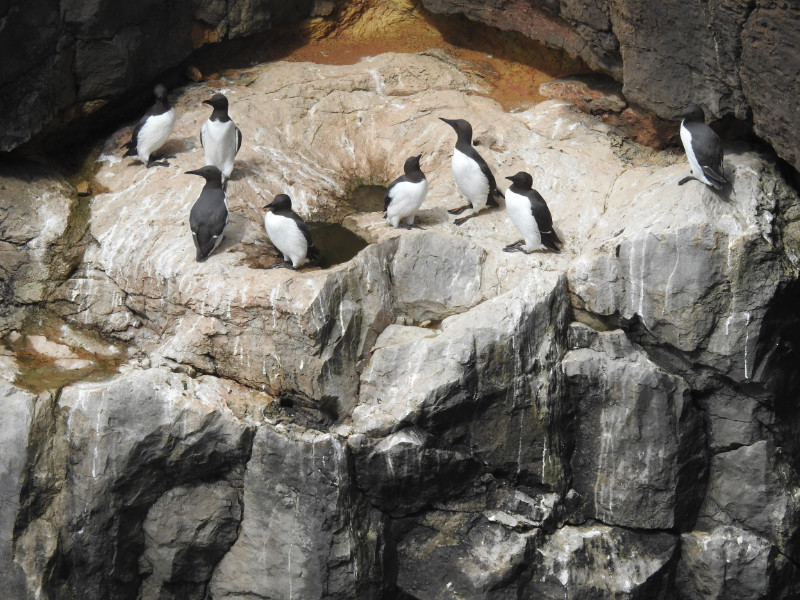When we visited Tenby in Wales we saw a few boats offering offshore trips. Embarking at low tide presented something of a problem but the owners of the "James Noel" had the problem beat. They were using this portable pier that was moved around by a tractor on Castle Beach. Behind the portable pier in this photograph is St Catherine's Island. It can be reached on foot at low tide but at high tide it is only accessible by swimming or by boat. The building on the island is a fort constructed in 1870, the only one of several that were conceived in 1859 and envisaged to oppose any threatened landing by French troops.
photo © T. Boughen Camera: Nikon Z 5



















